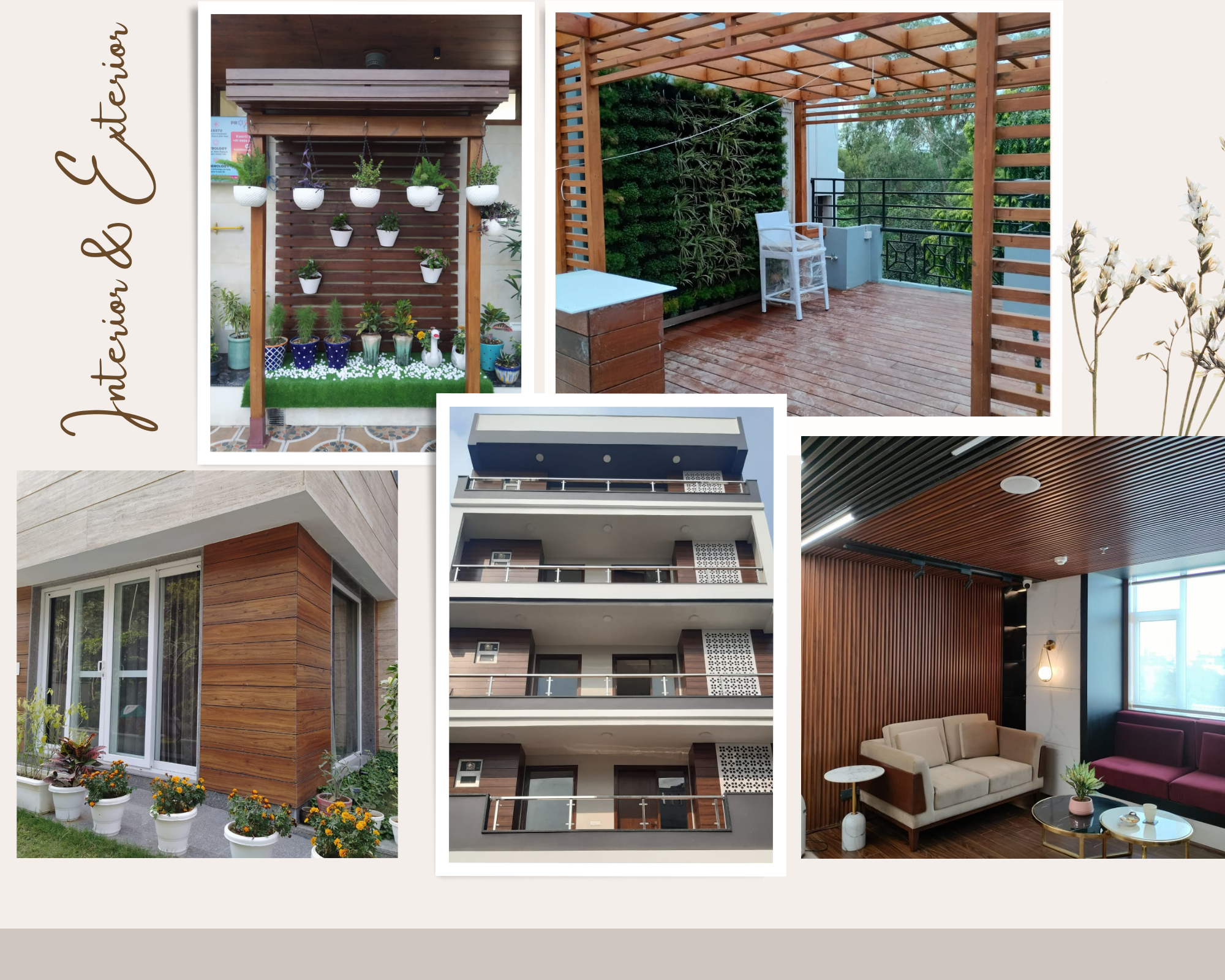If you’re planning to upgrade your home’s exterior, one of the most significant decisions you’ll have to make is choosing the right cladding. Exterior Panel Cladding is a critical component of any home as it provides protection against the elements while improving the aesthetics. It’s an investment that can last for years, which is why you need to make sure you choose the right material. In this article, we’ll go over the Different Types of Exterior Panel Cladding available, and factors to consider when choosing one for your home.
What is Exterior Panel Cladding?
The panel cladding is a layer of material that covers the exterior walls of a building. It’s used to protect the building from the elements, such as rain, snow, wind, and extreme temperatures. It also provides insulation, improves aesthetics, and increases the value of a property.
Types of Exterior Panel Cladding
There are several Types of Exterior Panels available. Each type has its advantages and disadvantages. Here are the most popular ones:
- Vinyl Cladding
Vinyl cladding is made from polyvinyl chloride (PVC). It’s one of the most popular types of exterior panels due to its affordability, low maintenance, and durability. It’s also available in a wide range of colors and styles, making it easy to find a design that fits your home’s aesthetic. However, vinyl cladding is not as durable as some of the other types of cladding and can crack or fade over time.
-
Wood Cladding
Wood cladding is a classic choice for exterior panel. It’s versatile, elegant, and adds warmth to any home. It’s also a natural material that’s environmentally friendly. However, wood cladding requires more maintenance than other types of cladding. It needs to be sealed and painted regularly to prevent rot, mold, and insect infestations.
-
Brick Cladding
Brick cladding is a popular choice for those who want a classic, timeless look. It’s durable, fire-resistant, and low-maintenance. It’s also a good insulator, which can help reduce energy bills. However, brick cladding can be expensive to install and may require additional support due to its weight.
-
Stone Cladding
Stone cladding is a luxurious choice for Exterior Panel Cladding. It’s durable, weather-resistant, and adds a unique texture to any home. It’s also a good insulator and can help reduce energy bills. However, stone cladding can be expensive to install, and it’s heavy, which may require additional support.
-
Fiber Cement Cladding
Fiber cement cladding is a mixture of cement, sand, and cellulose fibers. It’s durable, weather-resistant, and low-maintenance. It’s also available in a wide range of colors and styles, including wood and stone looks. It’s also fire-resistant, which can provide peace of mind for homeowners. However, fiber cement cladding can be expensive to install, and it’s not as environmentally friendly as some of the other types of cladding.
Factors to Consider When Choosing Exterior Panel Cladding
-
Durability
The durability of your Exterior Panel Cladding is paramount in ensuring that it can withstand the harsh outdoor conditions it will face over time. The panel cladding material should be able to resist impact, moisture, and UV rays. It should also have good thermal stability to avoid warping or cracking due to temperature fluctuations. Common durable panel cladding materials include vinyl, fiber cement, and metal.
-
Aesthetics
The aesthetic appeal of your Exterior Panel Cladding is just as important as its durability. The right panel cladding can enhance the overall look of your home and increase its value. When selecting Exterior Panel Cladding, consider the color, texture, and style of your home. This will help you choose a cladding that complements your home’s architecture and character.
-
Cost
The cost of Exterior Panel Cladding is another important factor to consider. The material, installation, and maintenance costs should fit within your budget. It is essential to strike a balance between cost and quality to ensure that you get the most value for your money. While some materials may be more expensive initially, they may be more cost-effective in the long run due to their durability and low maintenance needs.
-
Maintenance
The level of maintenance required for your Exterior Panel Cladding is crucial in ensuring its longevity and functionality. Some materials require more maintenance than others, and this should be factored in when making your decision. Wood, for instance, requires regular painting or staining, while vinyl requires minimal maintenance.
-
Insulation
Insulation is another important factor to consider when choosing panel cladding. The right cladding material should offer adequate insulation to improve the energy efficiency of your home. Insulated cladding can help reduce your energy bills, improve indoor comfort, and reduce your home’s carbon footprint. Commonly used insulated cladding materials include insulated vinyl and insulated metal panels.
Installation
The installation of exterior panel is crucial in ensuring its functionality and longevity. The installation process should be carried out by a professional to ensure that it is done correctly. Improper installation can lead to moisture buildup, which can damage the structure of your home. The installation process should also comply with building codes and regulations in your area.
Conclusion
Choosing the right Exterior Panel Cladding for your home is essential in enhancing its functionality, durability, and overall aesthetic appeal. Consider the factors outlined above when selecting your Exterior Panel Cladding to ensure that you get the most value for your money. Work with a professional installation company to ensure that your Exterior Panel Cladding is installed correctly, and comply with building codes and regulations in your area. With the right exterior panel, you can transform the look of your home while enhancing its energy efficiency and protecting it from the elements.


